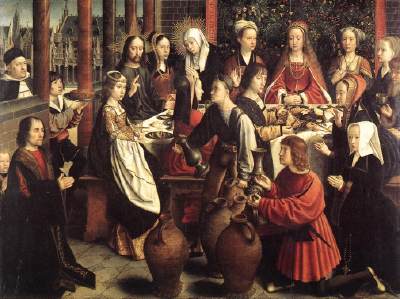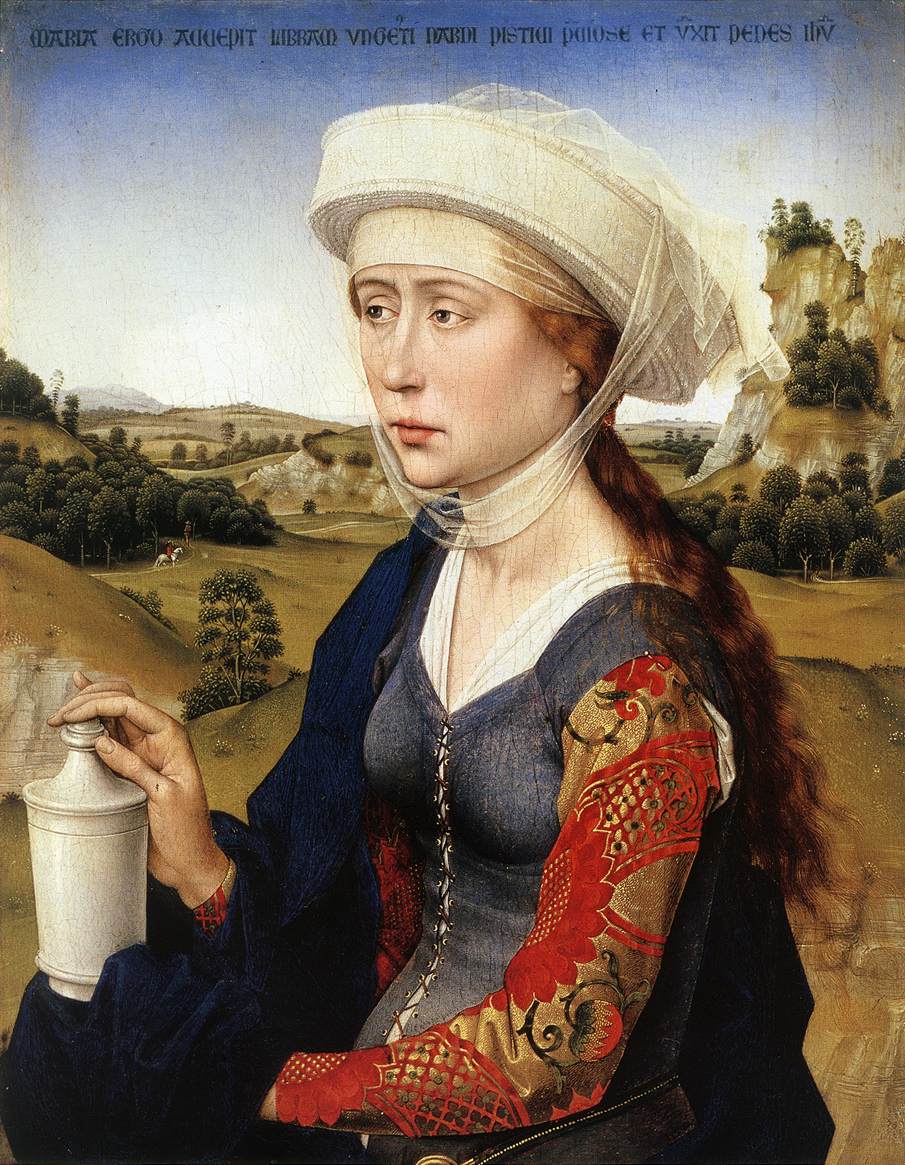Nalebinding (or naalbinding) is an ancient form of needlework related to and often mistaken for knitting and crochet. It is worked with a single needle and short sections of yarn which are stitched into looped to form a stretchy, dense fabric quit similar to knitting. Nalbinding was in use in Bronze Age Europe and was used by the Viking to make shoe liners, short socks and mittens.
Several variants of Nalbinding stitches are known to have been used in Viking Age Europe, the simplest of them being the Oslo stitch (so called for an eleventh century mitten worked in this stitch found in the Oslo excavations). This seems to have been a fairly common stitch and at least three extant mittens have been found worked in this manner. As this stitch is fairly simple, was commonly used, and I knew someone who could teach it me, I elected to learn this stitch first.
I had attempted to teach myself Nalbinding from a book and various text and illustration based instructions several years prior to this with very little success. My second attempt with a live instructor was more successful and after a few bumps I was able to produce a passable tube of nalbound fabric. After some problems with maintaining even tension, I was able to start on my first sock.
Viking age socks were more like shoe liners than modern socks, coming up only to the ankle. These would have provided an extra layer of warmth and padding over cloth stockings of some sort and under leather shoes. Surviving socks seem to have been constructed from the toe up, unlike my socks which I worked from the top down to simplify the starting row. I plan to work future socks in the more historically accurate toe-up manner once I am more comfortable with the techniques involved.
Sources:
Walton, Penelope.
Textiles, Cordage and Raw Fiber from 16-22 Coppergate. York Archeological Trust 1989.
Hald, Margrethe.
Ancient Danish Textiles from Bogs and Burials: A Comparative Study of Costume and Iron Age Textiles, trans. Jean Olsen. Archaeological-Historical Series Vol. XXI. Copenhagen: The National Museum of Denmark, 1980.
Schmitt, Larry.
Lessons in Nalbinding: Mittens, Mittens, Mittens! Lawrence W. Schmitt, 1997
Schmitt, Larry.
Lessons in Nalbinding: Scarves, Wimples and More. Lawrence W. Schmitt, 1999.
Priest-Dorman, Carolyn. Nalebinding Techniques in the Viking Age. (
http://www.cs.vassar.edu/~capriest/nalebind.html) Last accessed June 2, 2011.
Lewins, Shelagh. Nalbinding Socks: Methods of Construction (
http://www.shelaghlewins.com/reenactment/naalbinding/sock_construction.htm) Last accessed June 2, 2011.
For instruction on the actual stitch, YouTube is a great resource! Just do a search for “nalbinding” and you will find lots of helpful instructional videos, one of which will explain in a way that works for you. I found the videos available from
http://www.youtube.com/user/senshisteph to be helpful with Oslo stitch but there are many others.
















